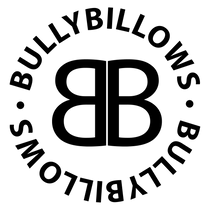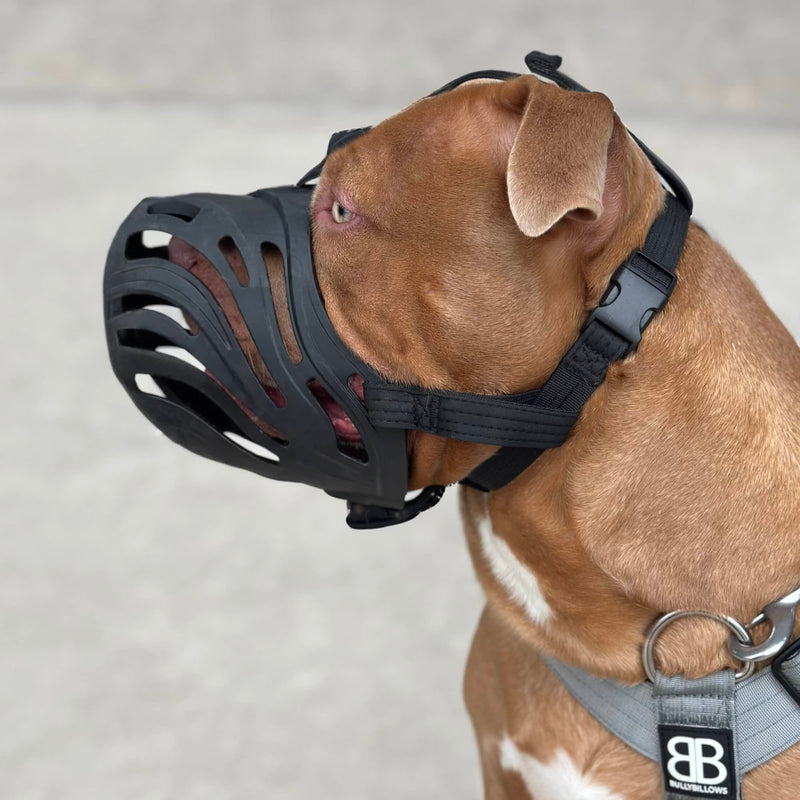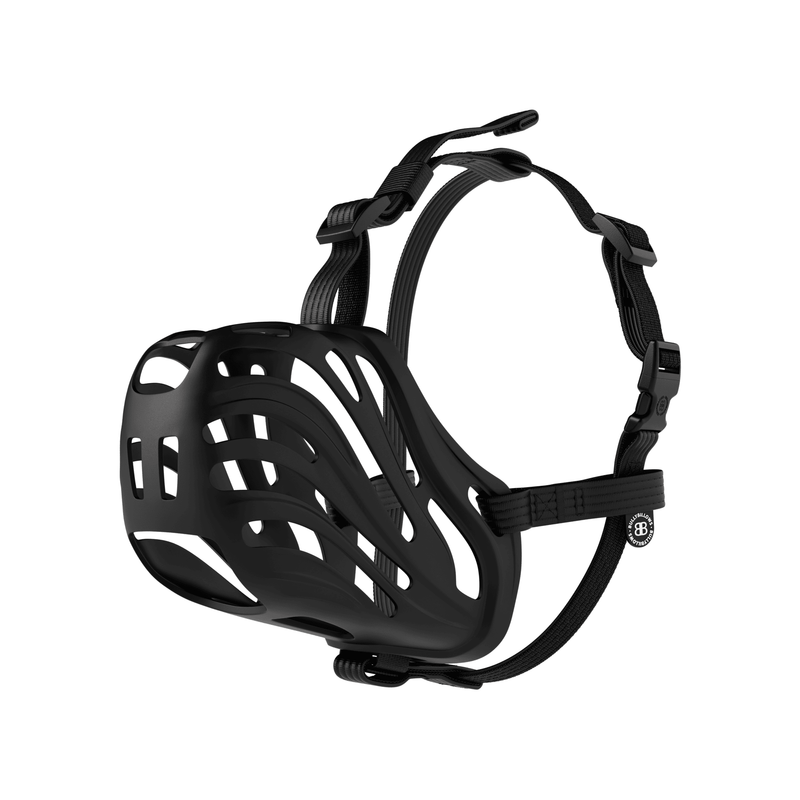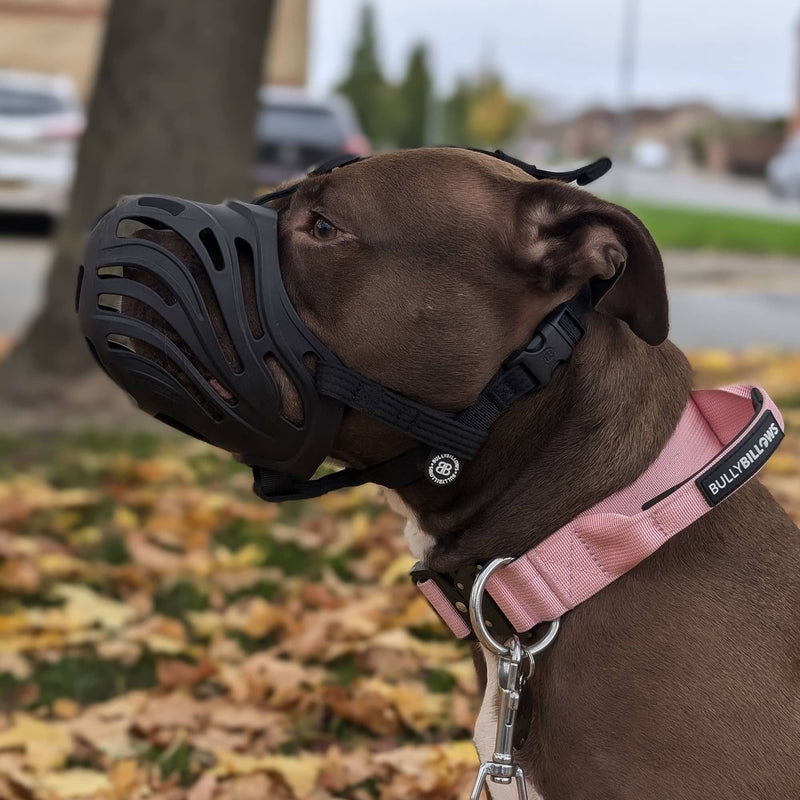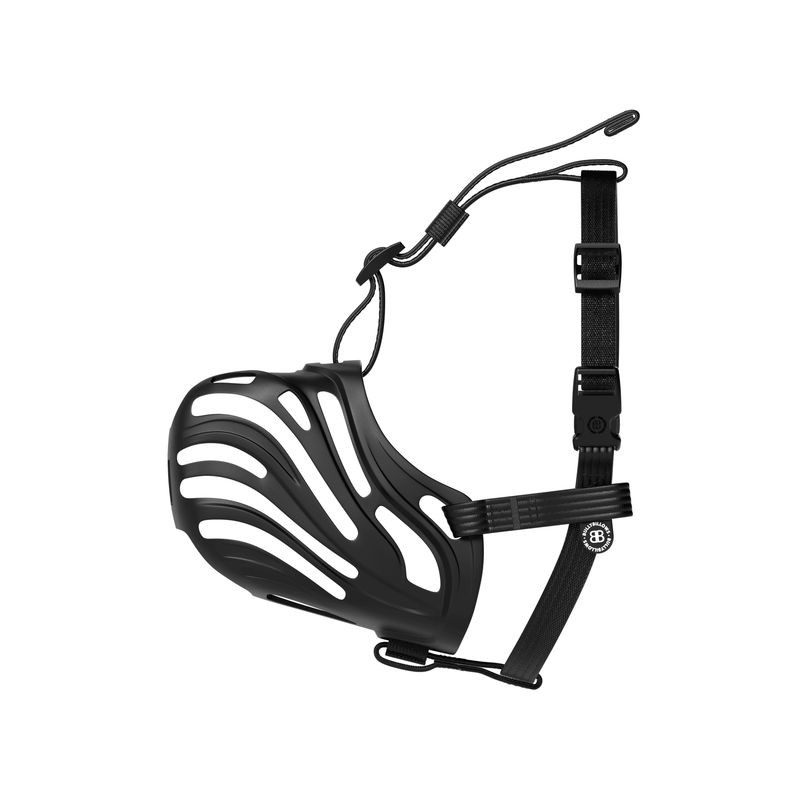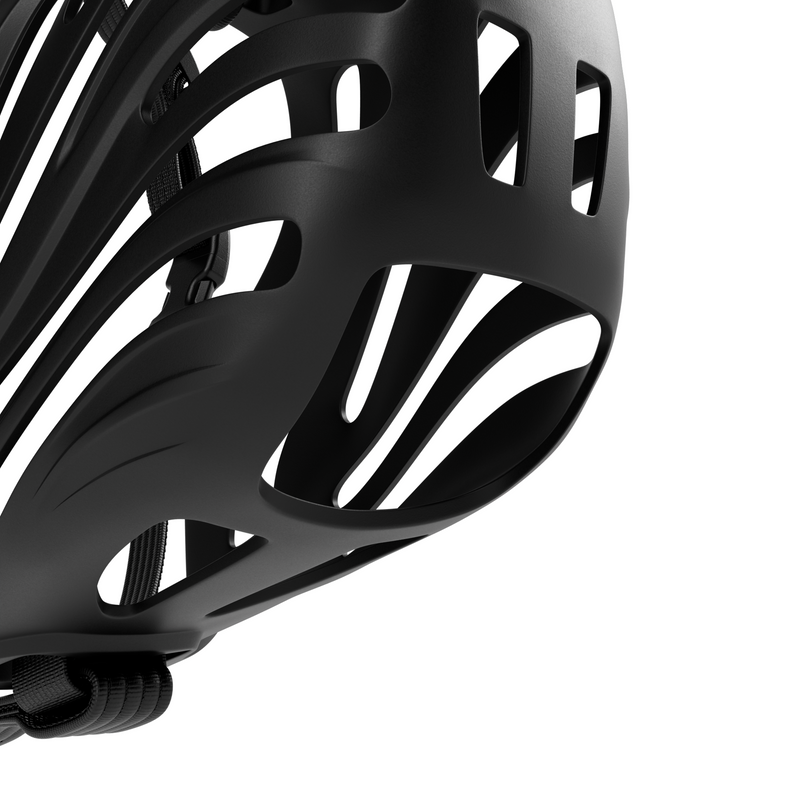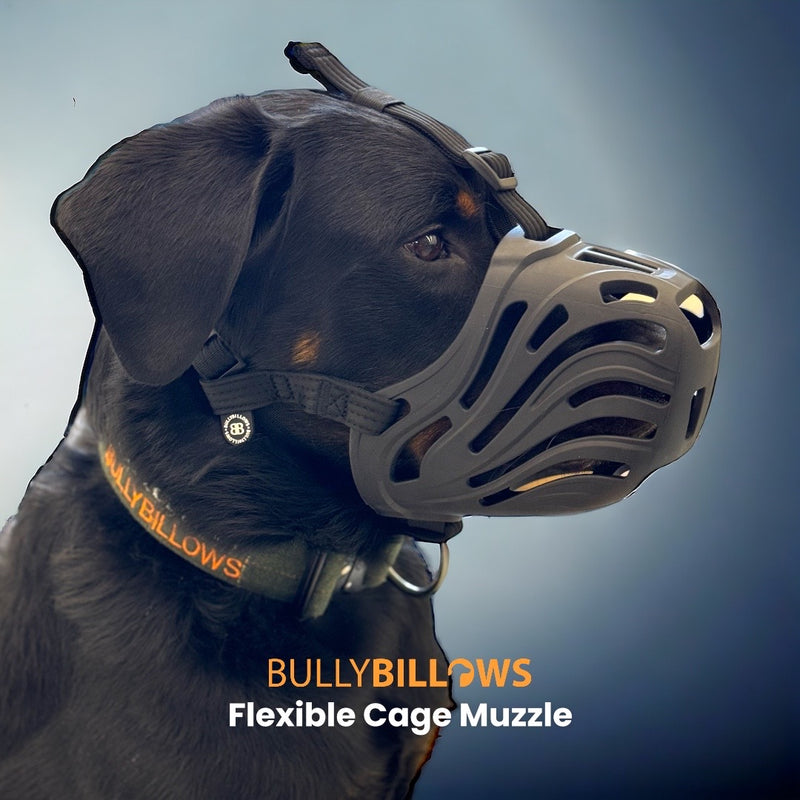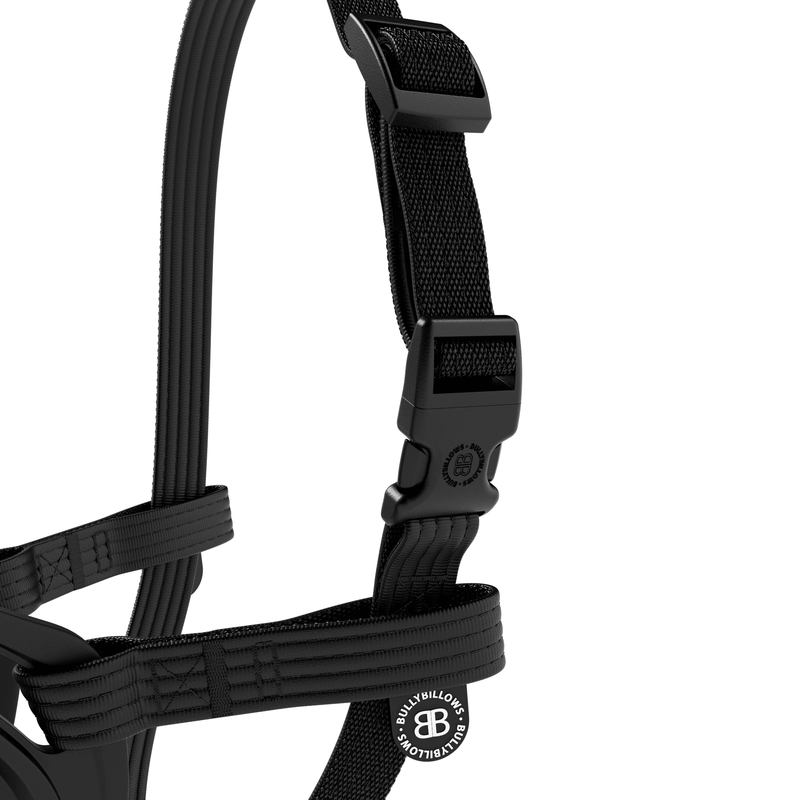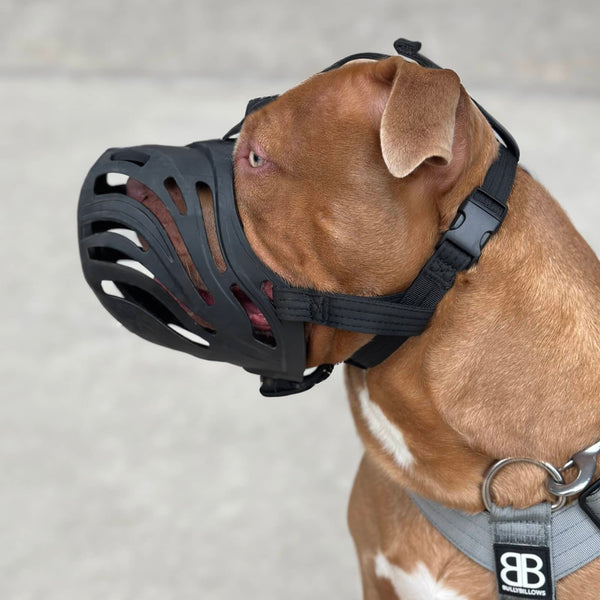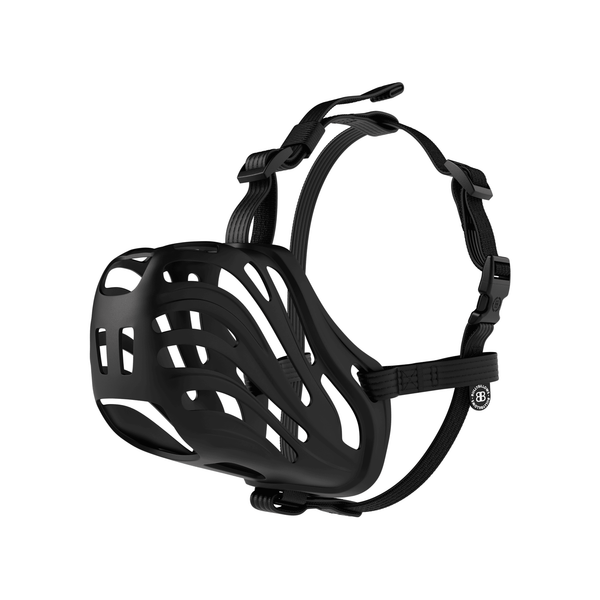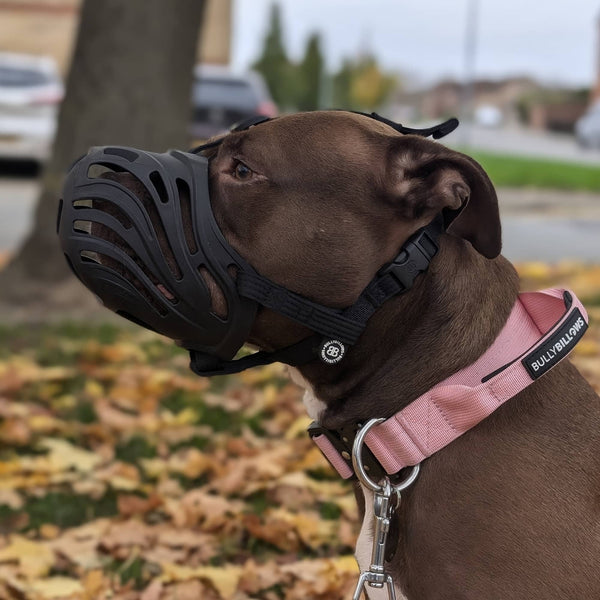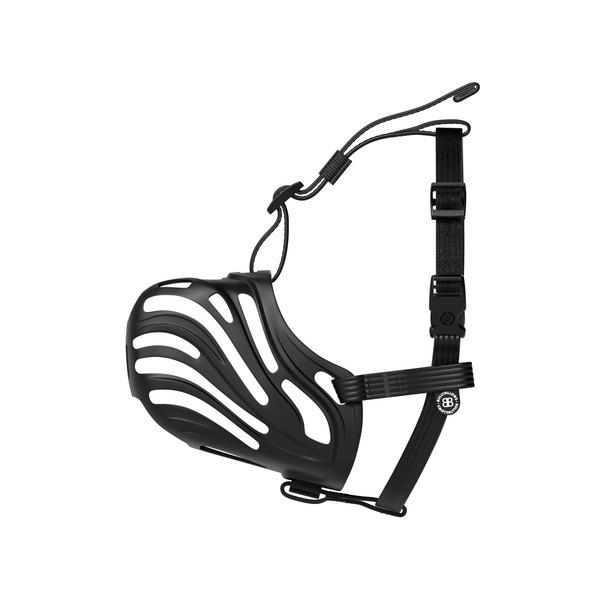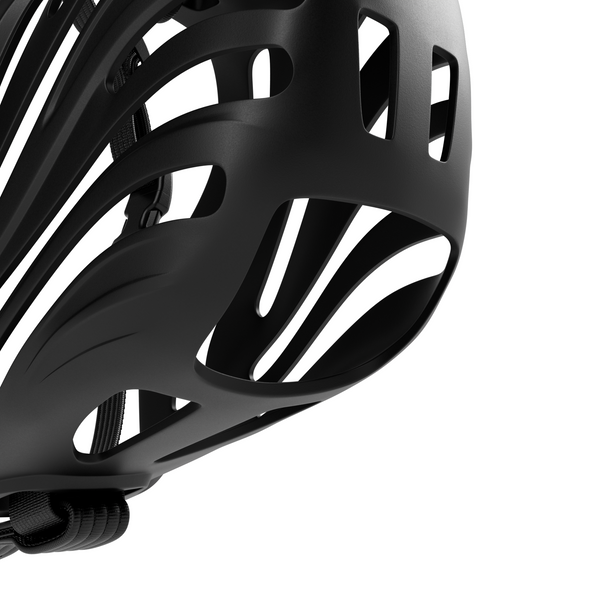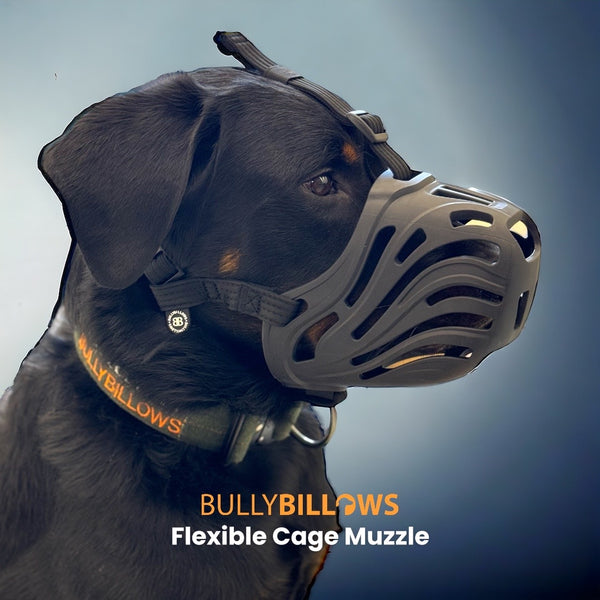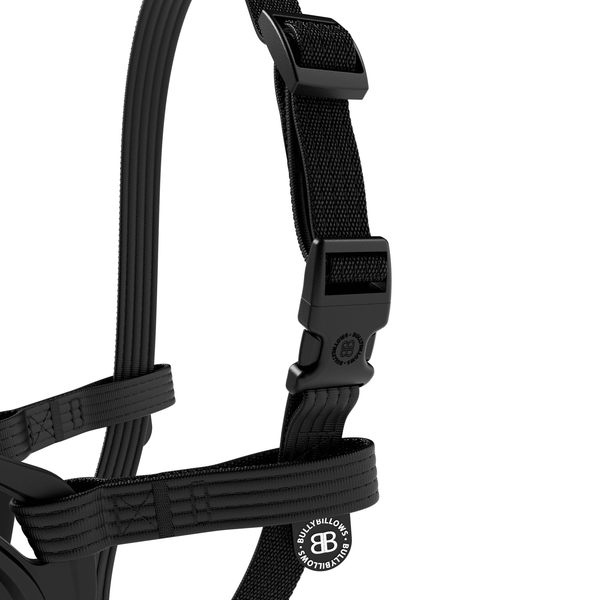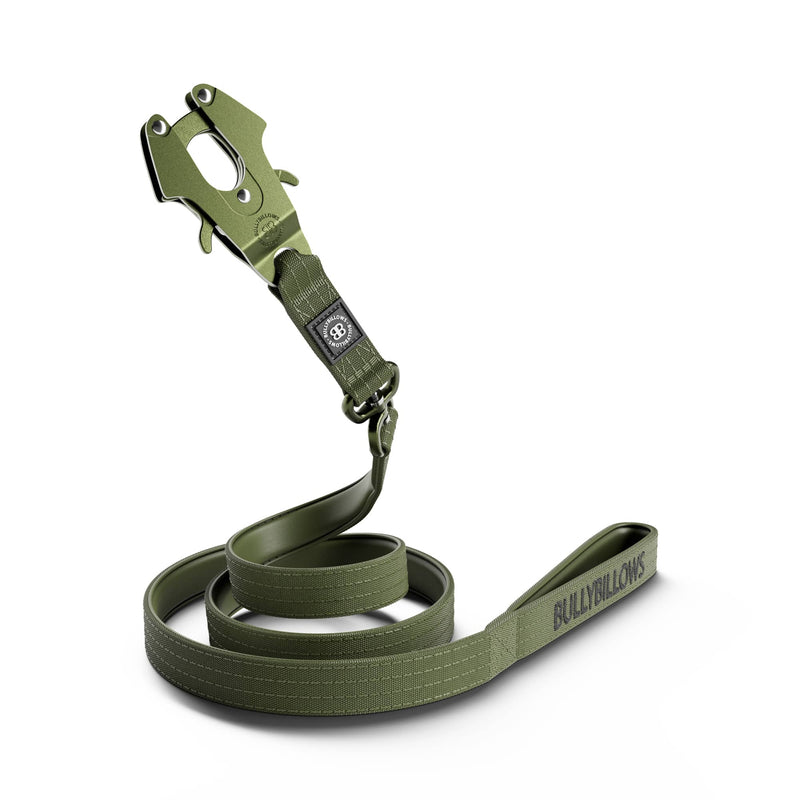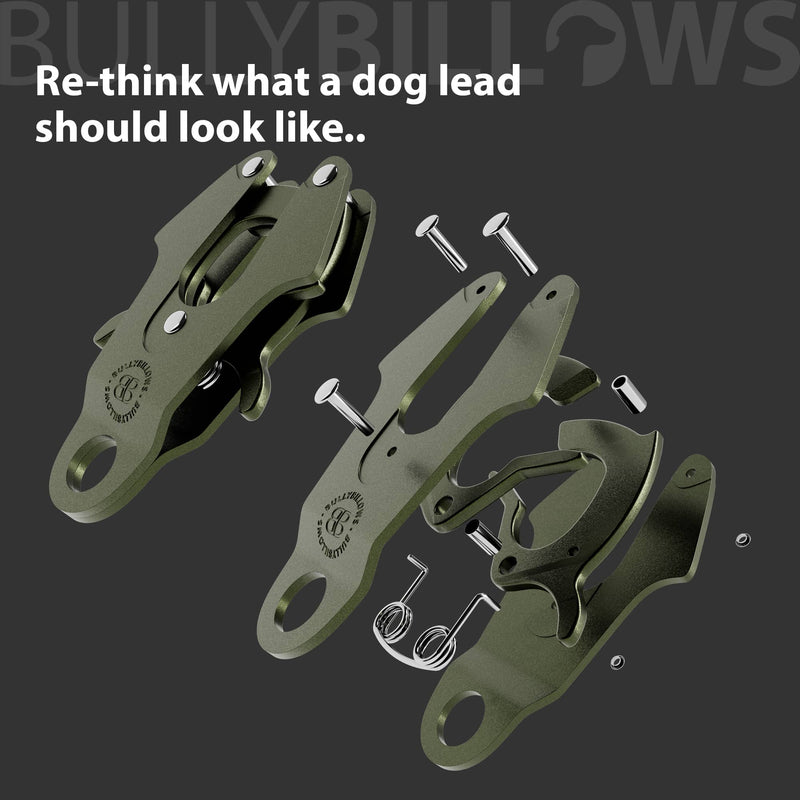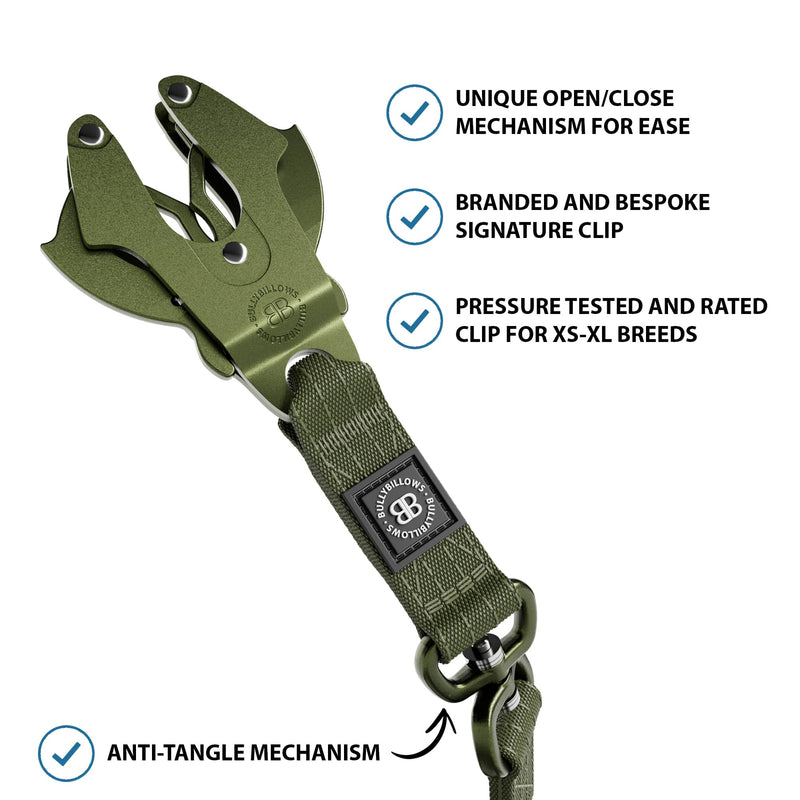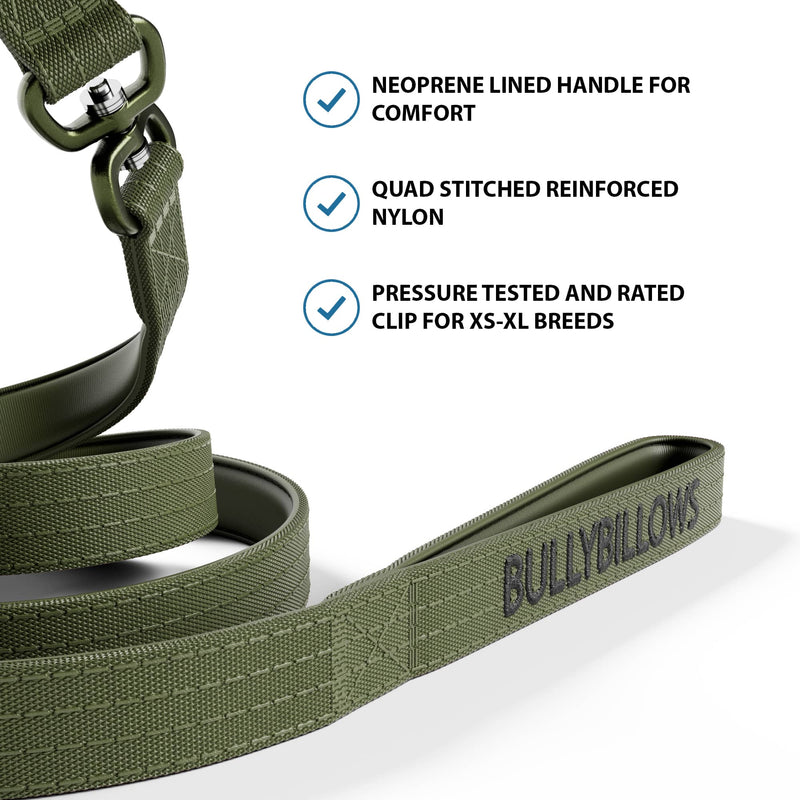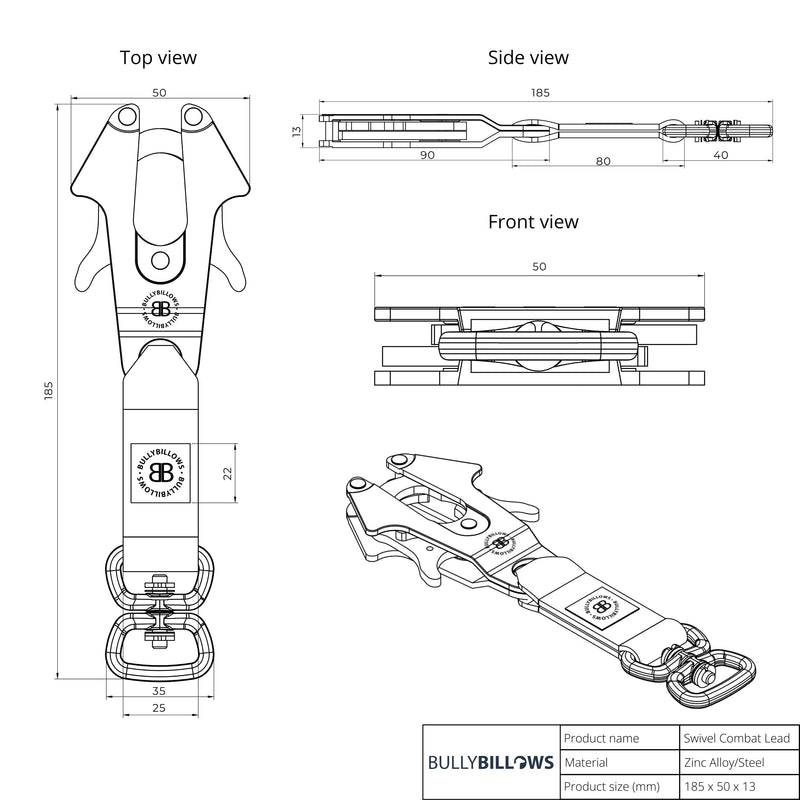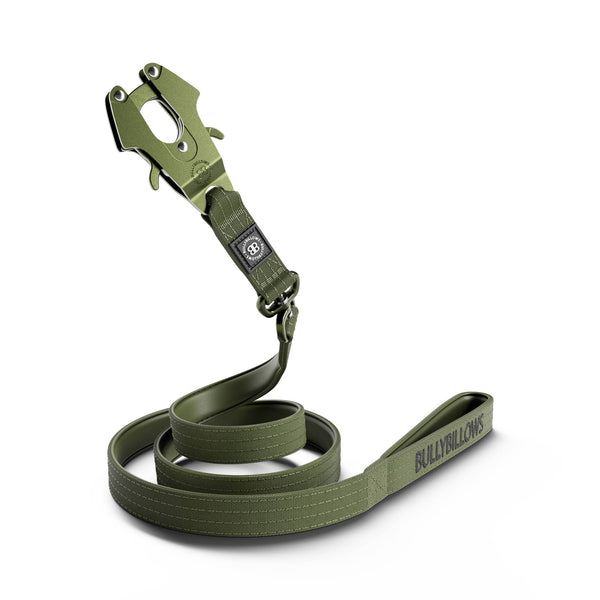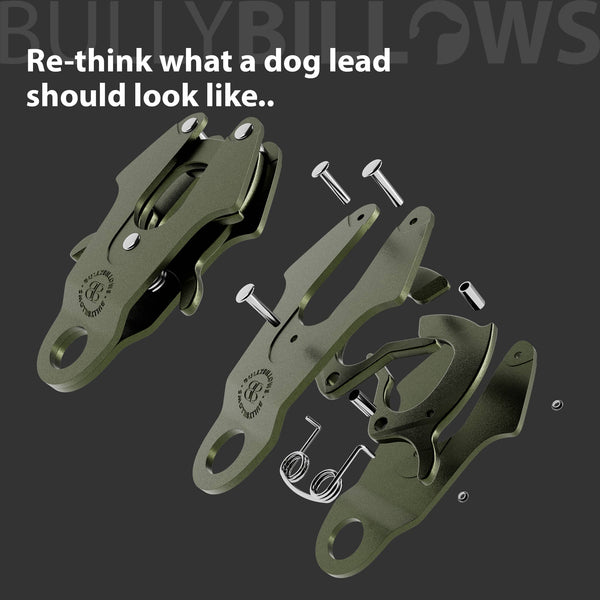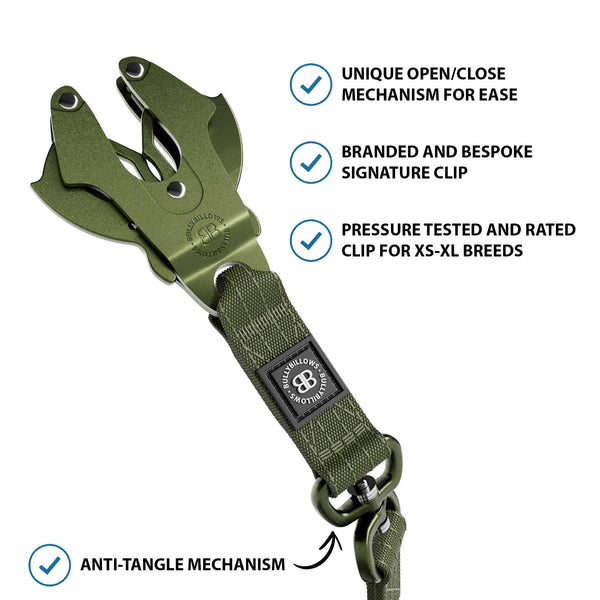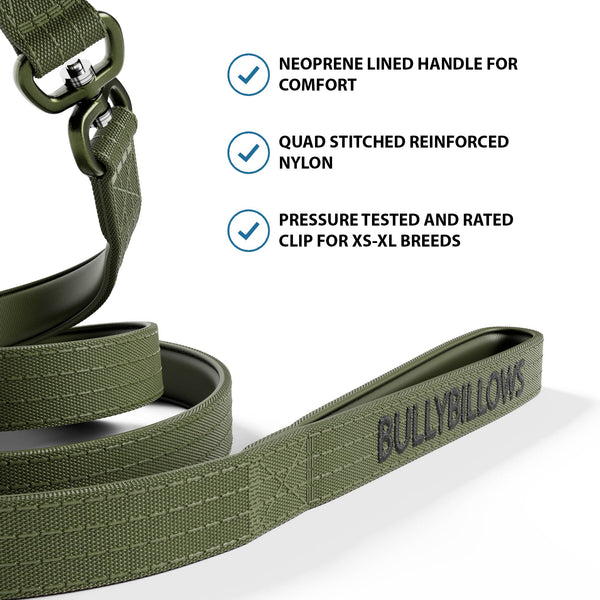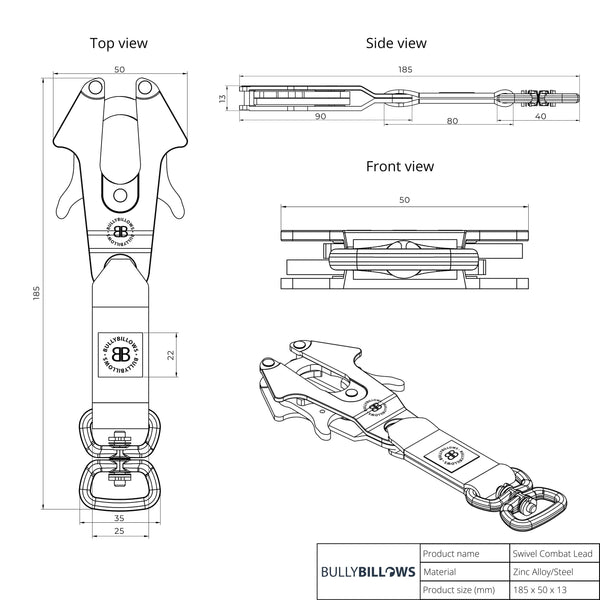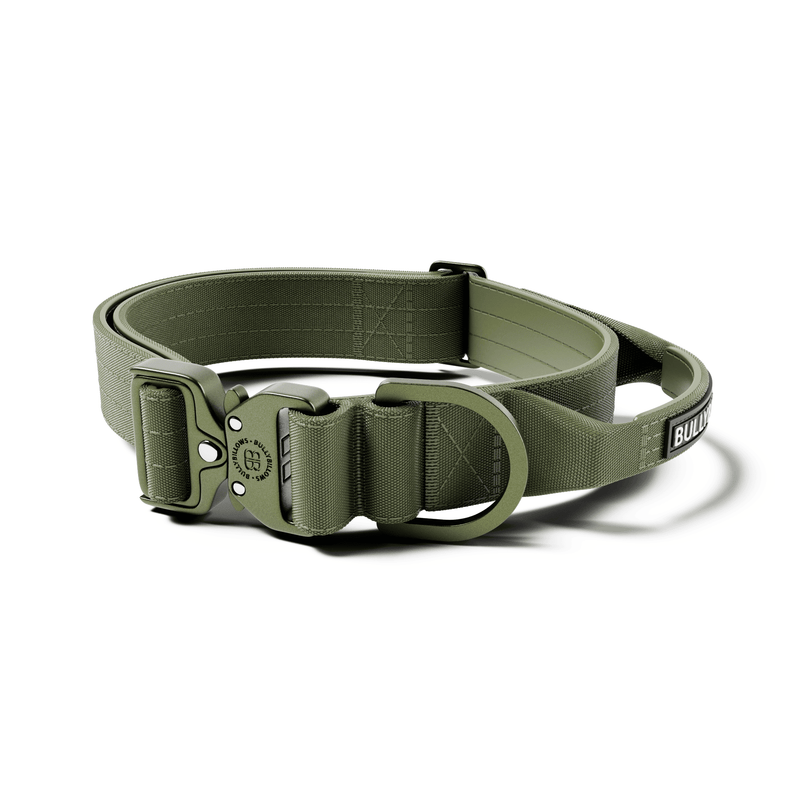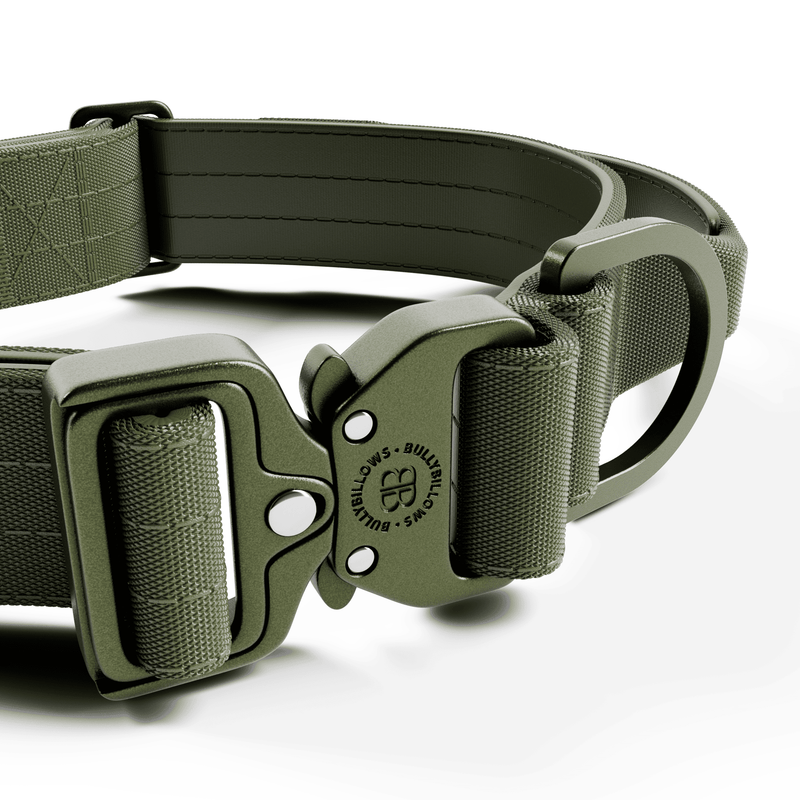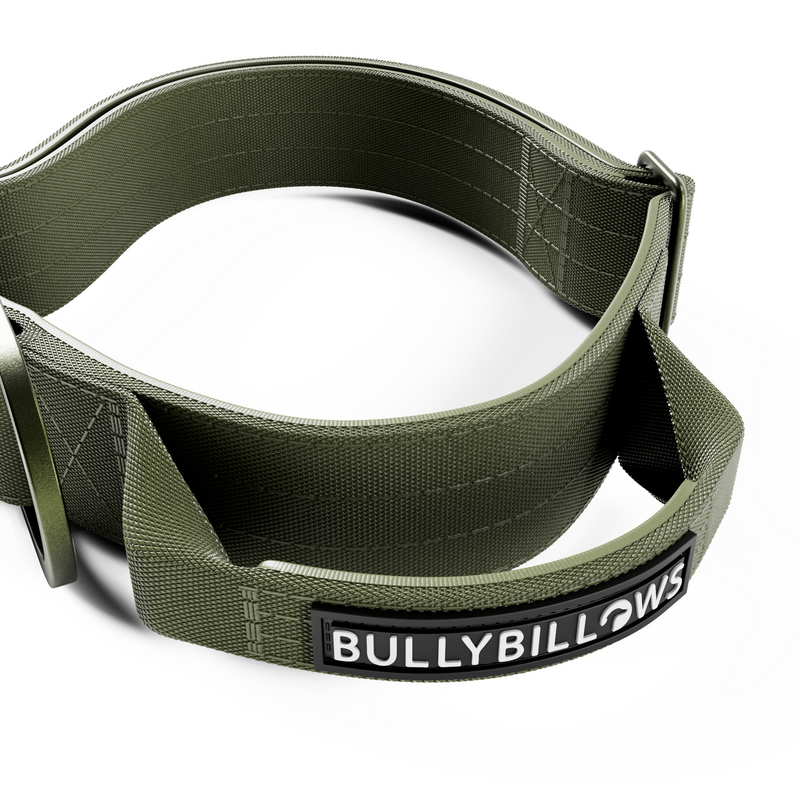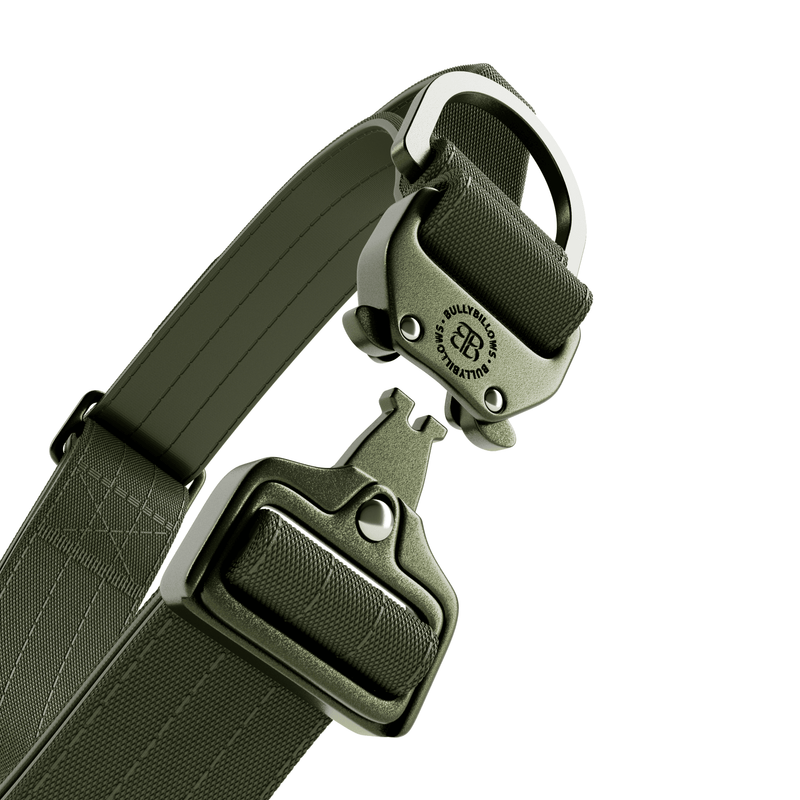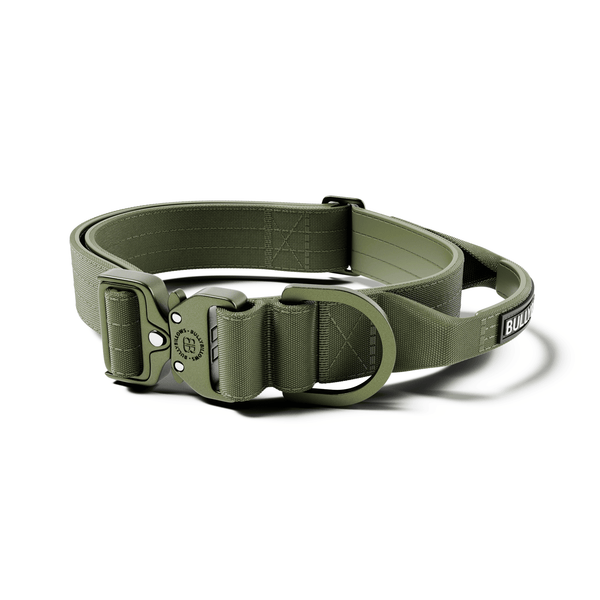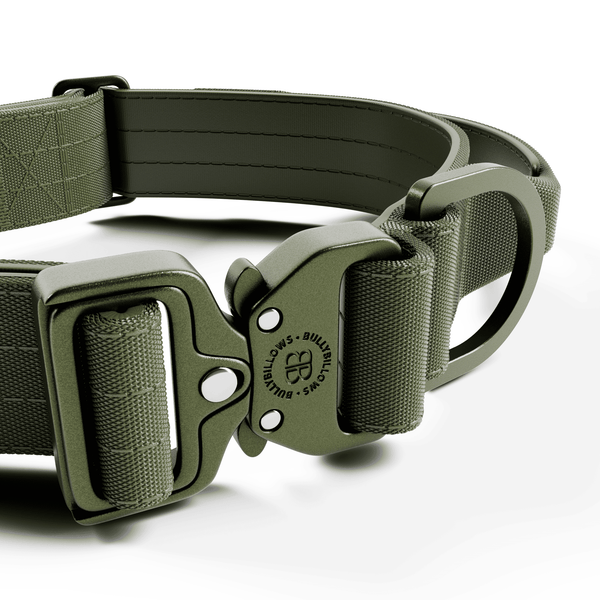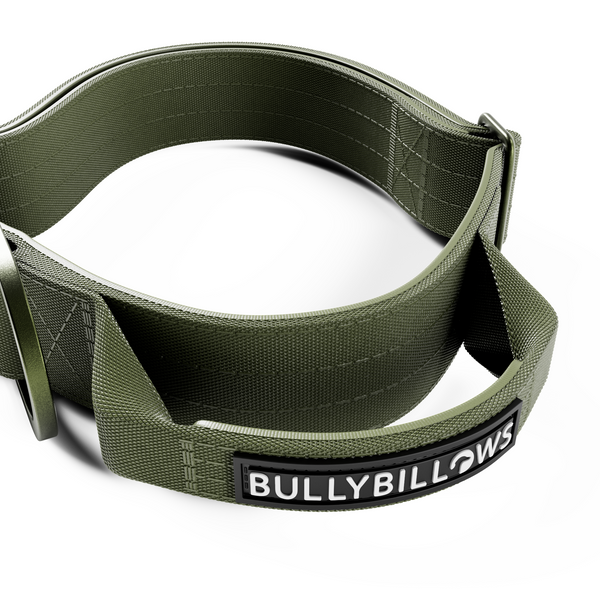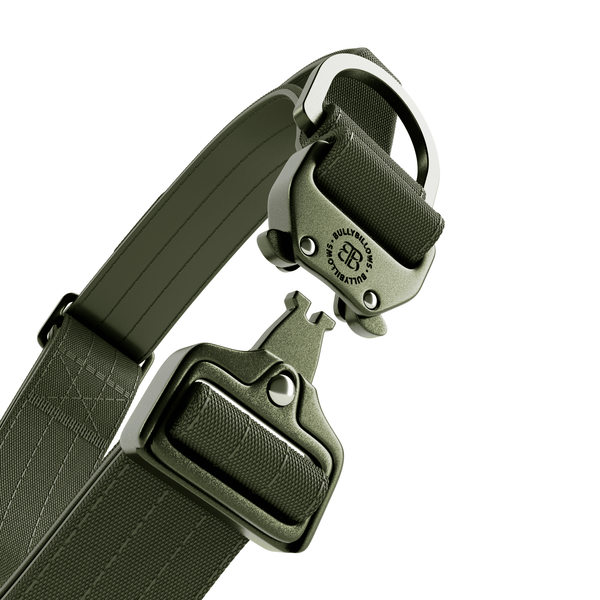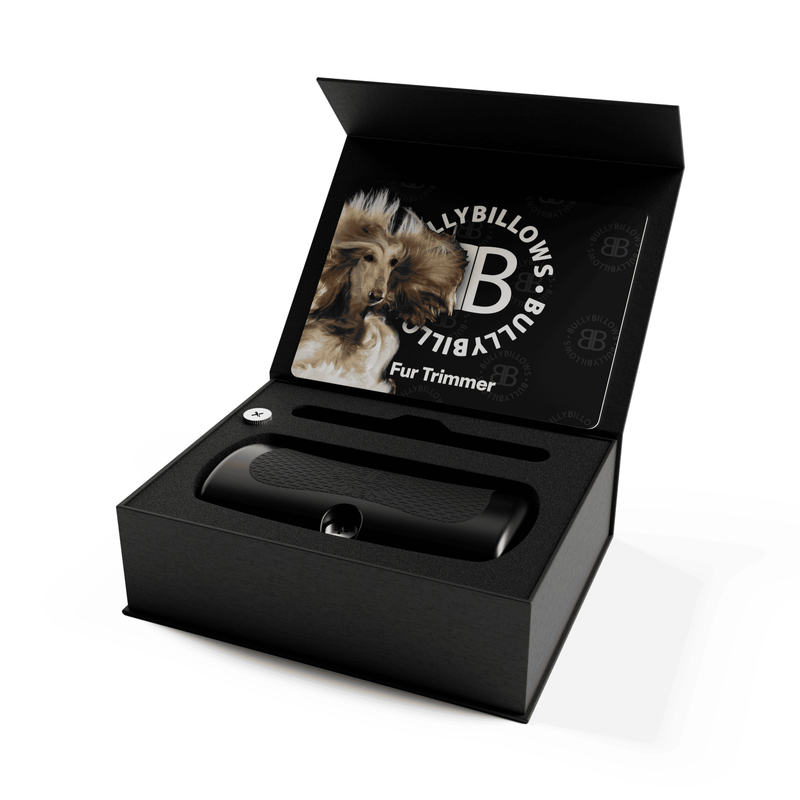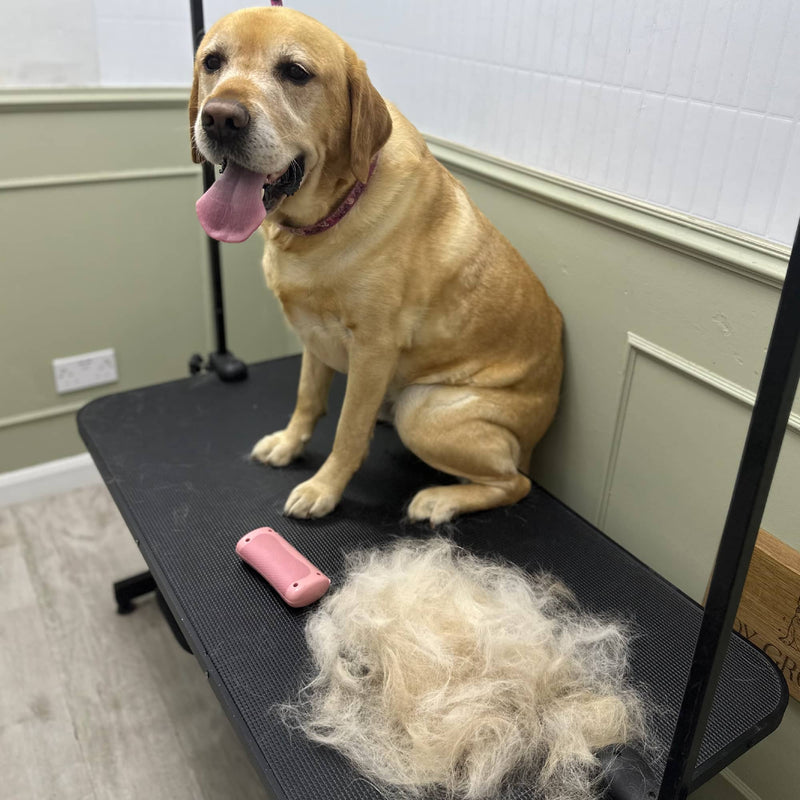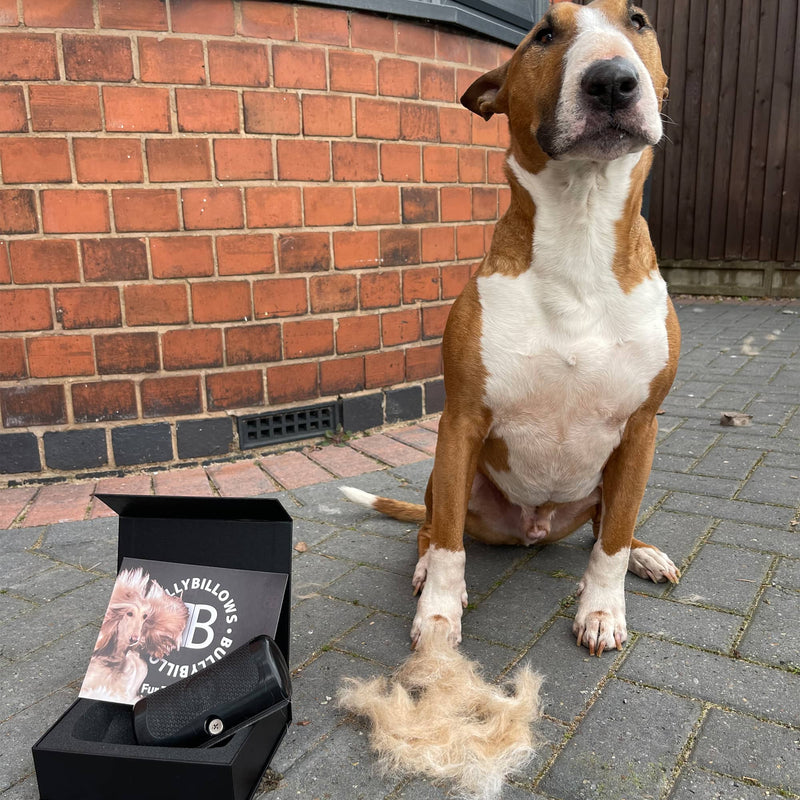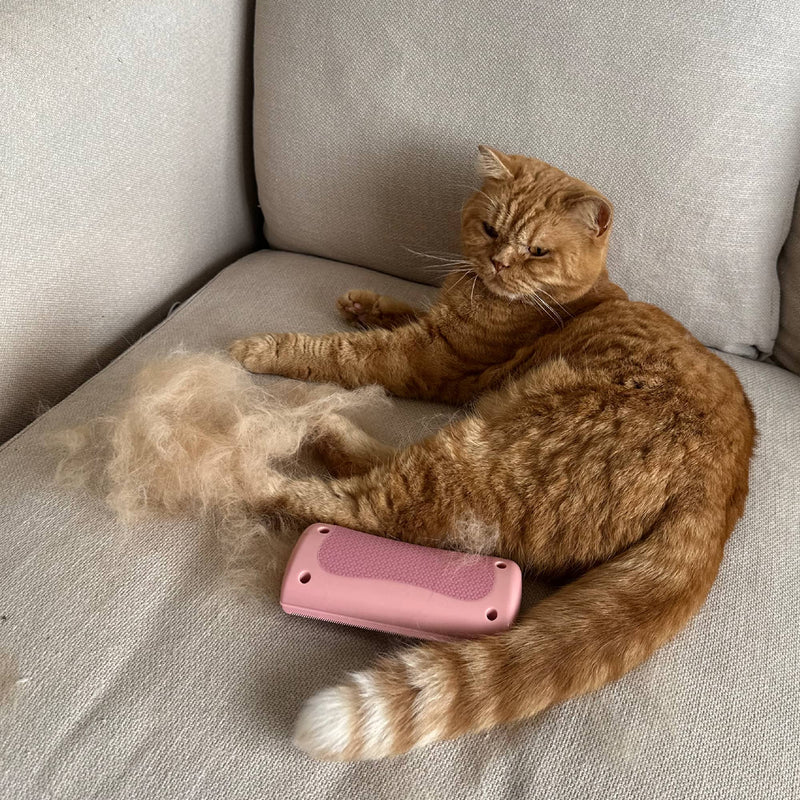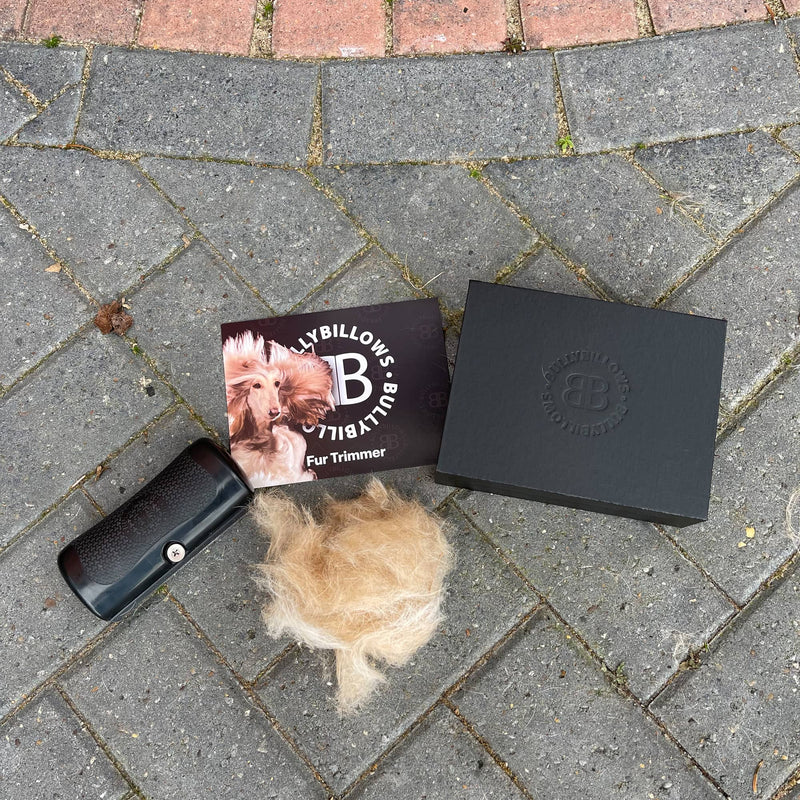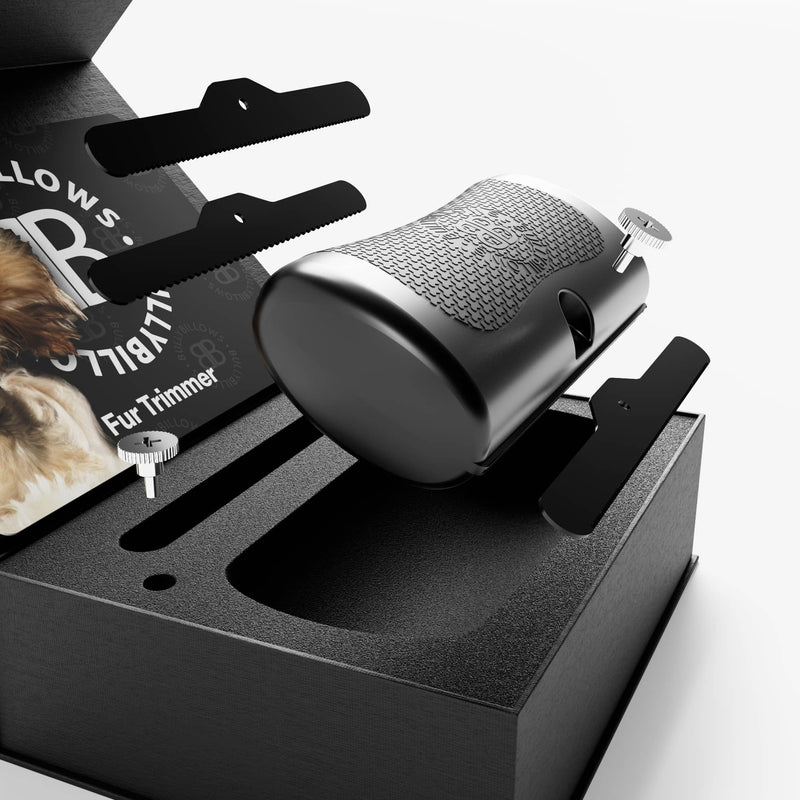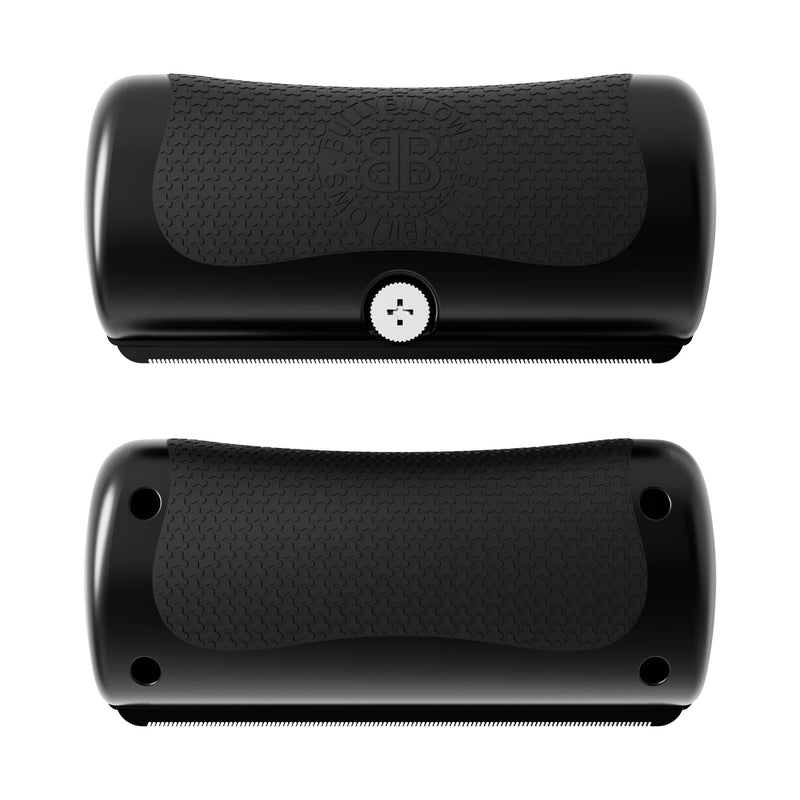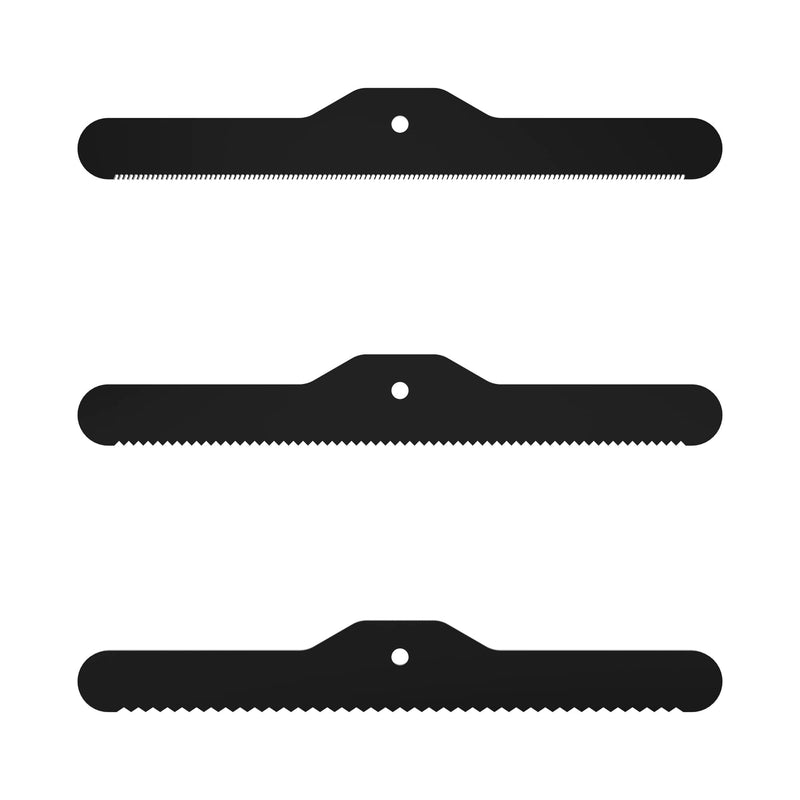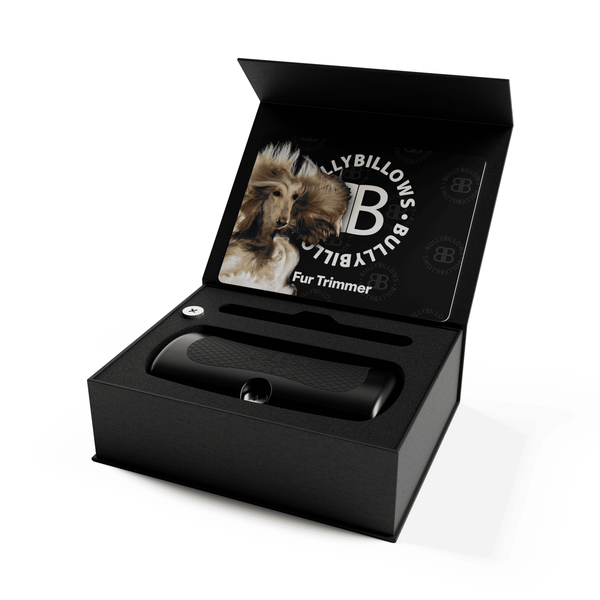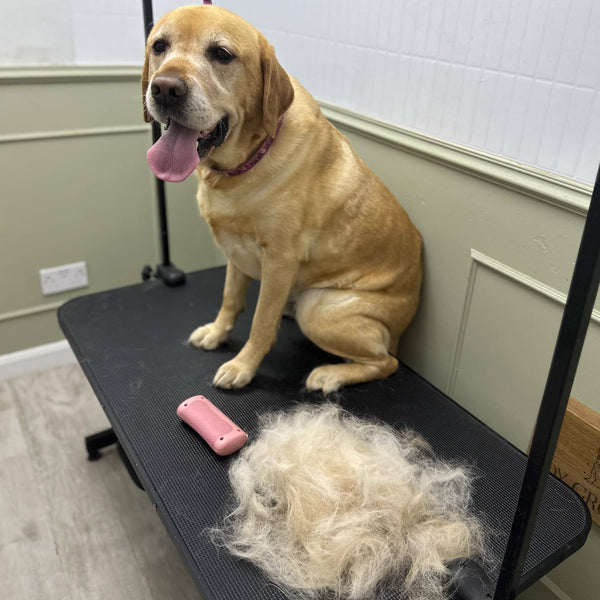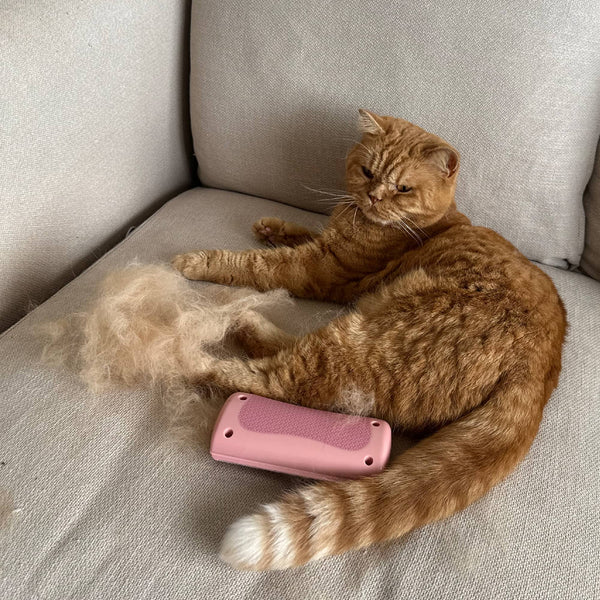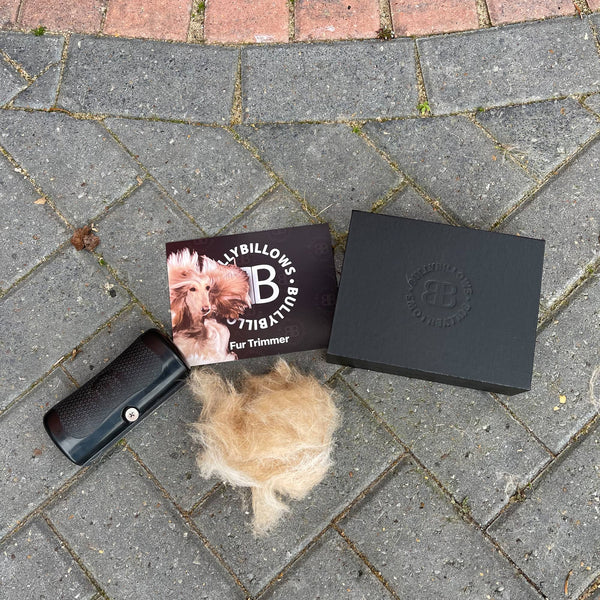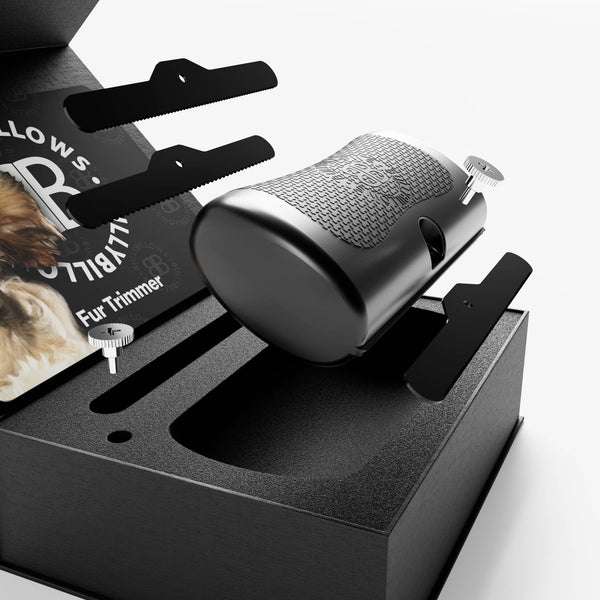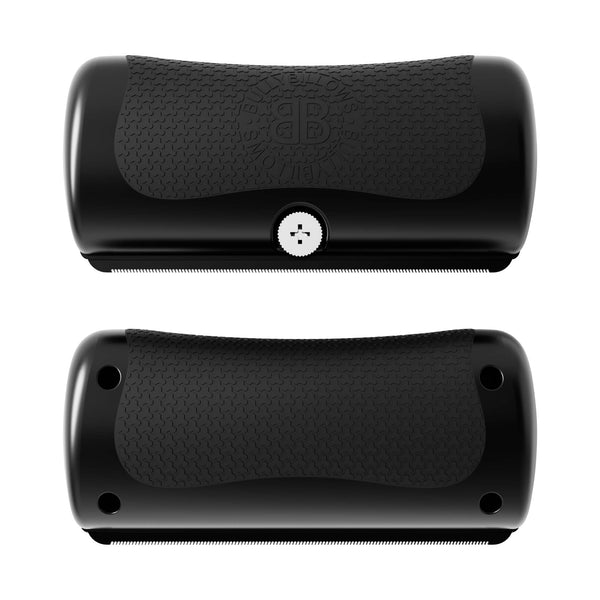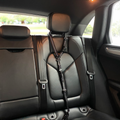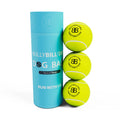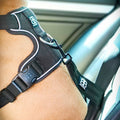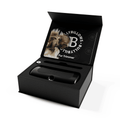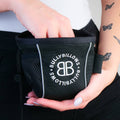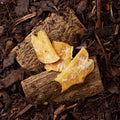Bad dog habits are a big embarrassment for the dog owners!
Biting and/or chewing of the leash is a common problem that owners face, however, it is possible to quite easily overcome this problem. Let’s discuss how.
Why does your dog pull on the leash?
The primary reason behind dogs biting or chewing at leashes is because dogs find them uncomfortable and restraining. While others have an abundance of energy and almost endless curiosity. One of the ways to correct it is to stop letting your dog get away with it and avoid rewarding your dog. Whenever you notice your puppy is biting and chewing on the leash, prefer applying something that tastes bitter or unpleasant.
If your pet bites the leash, you can take some of the slack out and hold the leash straight up. Avoid holding the leash tightly and pulling it back to keep it out of the dog’s mouth,-always straight up!
If your dog is having leash problems, below are some several things that you can do:
Buy a new leash for your dog
Regardless of what breed of dog you own, you will get dog leashes in different styles to meet the needs of the dog and the owner. Getting a high-quality dog leash will tend to feel comfortable and less restraining on the dog. Also, the good ones will not choke or hurt the dog’s neck when you pull or tug on it.
Let your puppy knows that you dislike their behavior
Whenever the dog decides to bite the leash, Do not reward your dog; instead give him suitable punishments to discourage him from repeating such behavior. Just by the pitch of your voice, your dog should know that you are against his behavior.
Allow your dog to roam free
By letting your puppy roam freely, you can expect your dog to behave well at home as well as in the public. However, many do not consider this a good option but in general, makes your dog much happier if you choose this option.
Some studies have shown that the sooner the dog is accustomed to leash training, the less behavioral problems the dogs will have on future walks. . Thus, the dog owners need to know how to properly train your puppy to be safe and obedient on a leash.
Why is dog leash training crucial?
Dog leash training and keeping your dog on a leash every time your puppy is outside can prevent potential injuries. A dog pulling on a leash or walking or running freely may harm anyone especially infants and elderly persons. Sometimes, even the friendliest dog can bite someone or get into a fight with another dog if provoked by others. However, with the proper dog leash training, you can keep your dog under control.
Besides, using a leash also prevents your dog from eating anything that may be unhealthy like rotting carcasses. Also, the neighbors remain happy if you as a dog owner keep your dog on a leash every time you take him out.
For these reasons, keeping your dog on a leash is extremely vital. It is the responsibility of the dog owners to keep their pets safe, make them obey the laws, prevent possible injuries, and keep the relationships with the neighbors pleased.
How to leash train a puppy? Here are some tips!
Identify the problems
Did you observe the puppy dig his paws in the ground at the time of the walk? Or your dog gets too excited and likely to pull your arm at any particular situation. Many times, your dog can try your patience while on a leash; however, make sure you understand the behavior of your dog well. Clearly differentiate between your dog’s normal and unusual behavior. This will make you address your dog’s issues properly.
Expend the energy
In most cases, even the sweetest puppy will have difficulty following commands when filled with enthusiasm and excitement to be outdoors. Before taking your pet on a walk, try to play a few games in the backyard or let your dog fetch his ball over and over. Your dog will be much more susceptible to correction when not bound by a leash.
Take it in steps
If your dog runs away when you bring out the leash, make your dog calm down first. It’s good to spend some quality time before continuing to walk.
These are just a few tips for longer walks and better behavior of dogs. No matter what the age, breed, or temperament is, your dog can be easily taught obedience with enough love and discipline.
Some common possible behaviors you can expect while training your puppy to walk on a leash:
Puppy tries to pull ahead
This is probably the most common issue with improperly leash trained dogs. Changing this kind of behavior is much easier in younger ones in comparison to older dogs. When the dog begins to pull on the leash, stop walking immediately, and do not move until the dog relaxes on the leash. Do not provoke him or call him back, simply stand still, and be patient until your pet gives up and relaxes. Calming down might take a while but eventually make him relax.
Puppy becomes rigid
In most cases, young puppies are more prone to this than older puppies. If this happens, nothing can melt him like a bit of cheese or hot dog. When your puppy knows you have treats, he will be far more likely to follow you. Do not make the mistake to call your puppy politely and then offer him a treat, instead of face the way you want your dog to go and set the treat right next level to your foot.
Once your puppy starts understanding the behavior on the leash, it is vital to continue giving him a lot of practice. Try taking your dog out several times a day at least for short sessions.
As soon as the dog starts feeling comfortable indoors, you can try and move outside or an area with more distractions. This will not be a complex task for you and your puppy if you have practiced enough before.
Discover more about the dog’s behavior and training tips or buy high-quality dog leashes at our online store. We ensure your puppy is well cared for and healthy - shop now!

